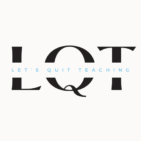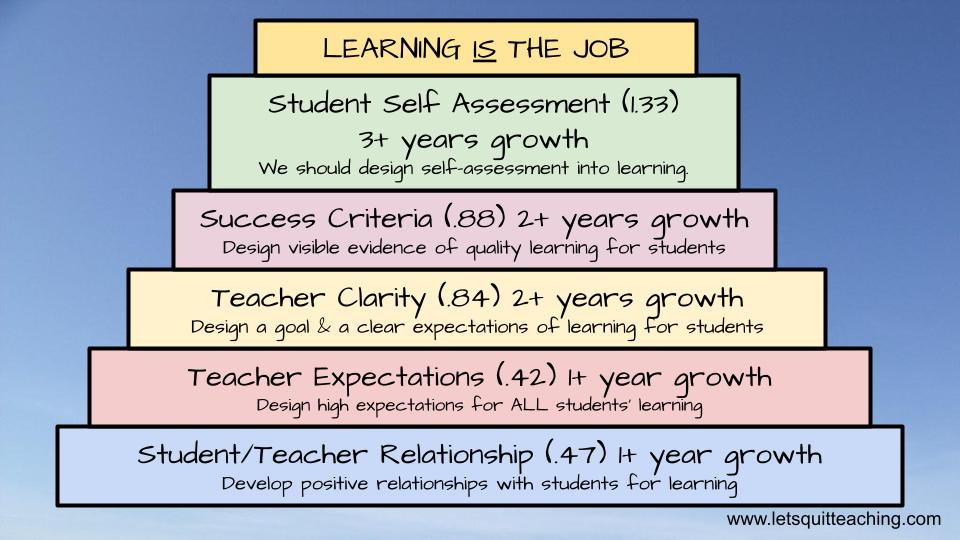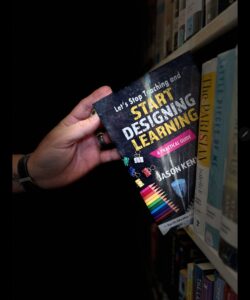I don’t know about you, but I blinked twice and the 2021-22 school year is about to be over. These last two months seem to be packed with testing, activity, end-of-year responsibilities and everything else, it can be hard to keep up. But, at some point, when things begin to settle for a moment I always try and take some time to stop and look back at the practice of the profession this year and reflect on the things that matter most in this education thing. With that said, here are 5 areas to stop, look back and ask, “Was this a practice made a priority in my room with frequency, intensity and duration this year?
Student/Teacher Relationship (Effect Size= 0.47) 1+ year growth potential
Like the graphic above, this is the base that all the tier actions above can be built upon. Can you successfully teach and have learning take place without positive relationships with students? It is possible, but tremendously less effective and much more difficult. My tenement is “We have to touch students’ hearts first before we can ever put anything into their heads.” The rewards are endless. Show students you care, and they will move mountains. Invest in them, they will bring a wealth of return. You want these students on your team: the learning team. Be positive, be respectful,be kind, be there and they WILL return it to you. The best part about this is: it doesn’t cost us a thing. So ask yourself at the end of this year, did I make relationships a priority this year with my students? What can I do next year with a new crop of students to make my relationships with them even more purposeful?
Teacher Expectations (Effect Size= 0.47) 1+ year growth potential
The foundation of equity for ALL of our students is designing high expectations for their learning. All means ALL. We cannot lower expectations based on the students we receive. We have to stand firm in the belief that all of our students can learn and will learn, providing that we design the opportunities for them to do so. This means everyone can meet the learning goal for my lesson. However, it does not mean they all have to take the same pathway in order to meet it. We can scaffold a task, provide extra guidance, and allow choices. However, at the end of the learning, we MUST say that we held everyone to meeting the goal. Otherwise, we risk labeling and grouping students, which is the antithesis of equity. Did I have the same finish line for all my students this year? Did I expect learning from all those I teach? How can I make sure my expectations are clear and high for my next group?
Teacher Clarity (Effect Size= 0.84) 2+ years growth potential
This is one of my favorites to talk with others about. Clarity. We think we have it down, but sometimes we are as clear as mud when it comes to translating the learning in the classroom to students. Clarity relies on everyone in the room (the teacher and students) being able to answer these three questions: 1. What am I learning? 2. Why am I learning it? 3. How do I know I’ve learned it? Usually, this is a question teachers can answer because they are the ones who made the lesson plan, gathered the resources, asked the questions and did the work. But whose learning is it? It is WAY more important for the students to be able to answer these questions than the teacher. None of these need to be a secret to our students. Could students answer these questions any random day in class if someone asked them? What can I do next year to ensure these can get answered?
Success Criteria (Effect Size= 0.88) 2+ years growth potential
This practice helps you establish stronger Teacher Clarity, so it has a lot of potential. Success Criteria needs to be designed so that students have concrete, tangible, visible characteristics of what quality learning looks like for their task. This can be using the example from my previous post HERE, or any other method that provides this clarity for student work. Teachers do not need to be the keepers of the knowledge when it comes to what quality learning is. Give the learning back to the students by allowing them to know what you know ahead of time, providing work examples that meet the expectations you’ve set for their learning, and giving this information to them in a way that is meaningful and student-friendly. Did I provide my students with Success Criteria for their work this year? What can I do next year to spell these expectations out clearly to give them their learning and take more work off of me?
Student Self-Assessment (Effect Size= 1.33) 3+ years growth potential
Building of Success Criteria, this tier has potential for HUGH growth in learning. Can students predict what their level of learning will be on a task or what their current level of learning is on a task? It can be done and it is a powerful practice to put into place. The hardest thing for many teachers is letting go of this control and giving it over to students. It must be designed for, with expectations set and routines in place, but the payoff is worth it. Did I give students opportunities to figure out where they were in their learning this year on tasks? Did they know what to do to get to the next level? Could they explain this to me, their parents or others?
These are just a few of the things we can continue to tweak and put into place for learning to happen on a deeper and more consistent basis. Again, these are designed for with intent and purpose behind them and must be put into practice often, with intensity and for the long-haul in order to get the growth potential out of them we want. Take the end of this year to look back on what you want to move forward with next year in your designs for learning. Learning IS the job after all.
As always, if you have questions, topic ideas, comments, snide remarks or ANYTHING you’d like to share, please reach out. We are all in this education thing together! Let’s help each other design it!


